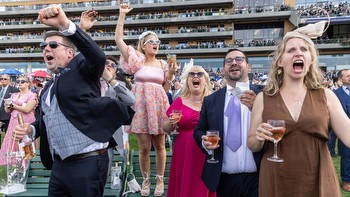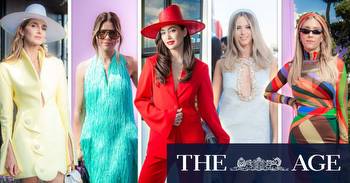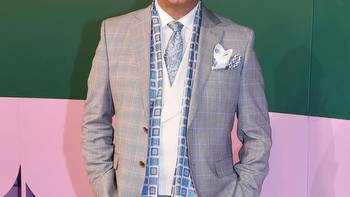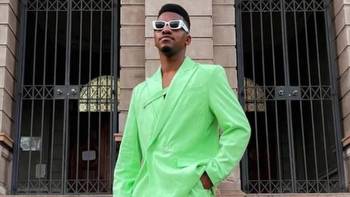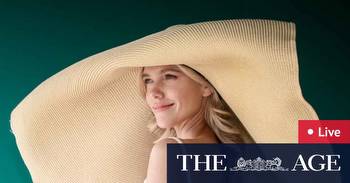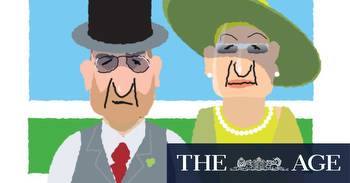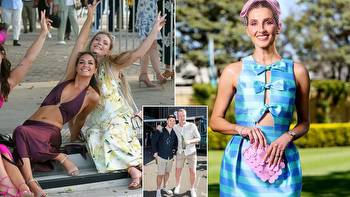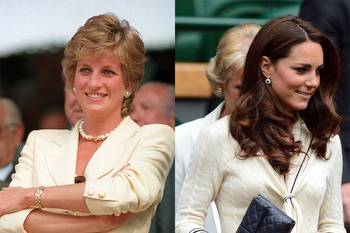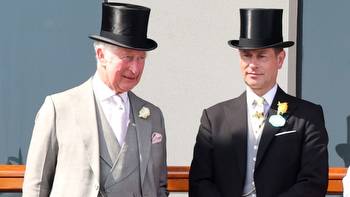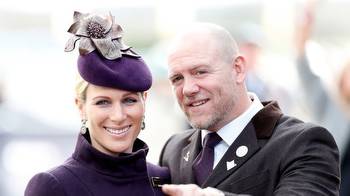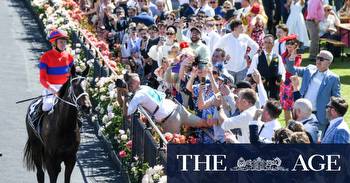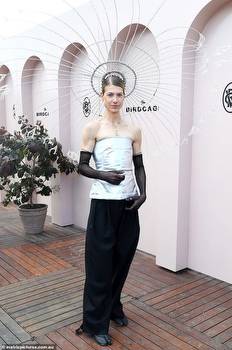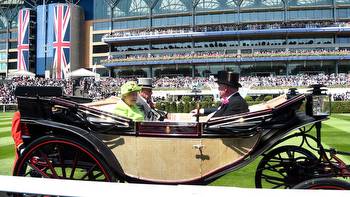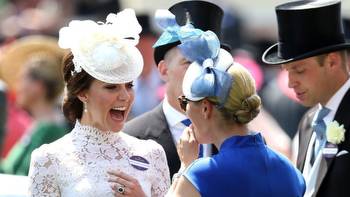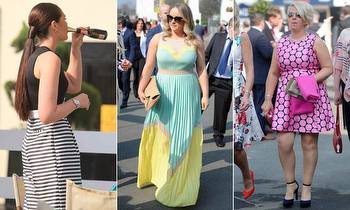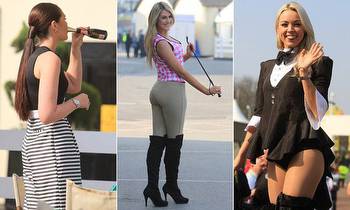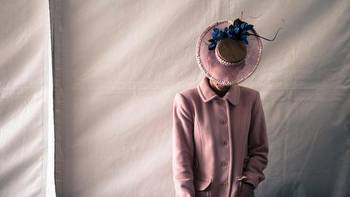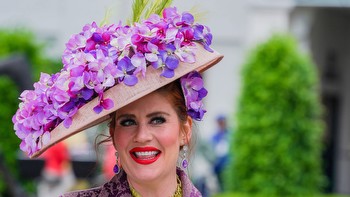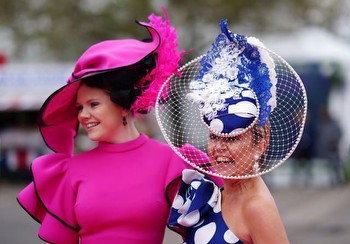Melbourne Cup fashion: Shorts allowed at Flemington Races, Birdcage, Dress Code changes through history, Jean Shrimpton
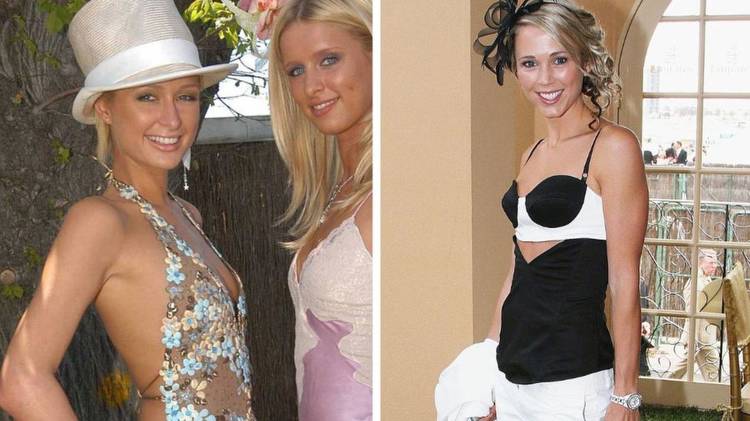
Australian fashionistas will be prepping to put their best foot forward next week as the Melbourne Cup Carnival returns for another year.
As this year will see a change in dress code rules, plenty of famous faces will be getting frocked up to celebrate with far less restrictions.
Both men and women will be able to wear shorts in the members section this year.
Women will also be able show off their midriffs, wear cut-outs and exposed backs in the members and celebrity-filled Birdcage enclosures for the first time in the Cup’s more than 160 year history.
However, as a major caveat to the rule, backless dresses must stop at the waist. Belly buttons cannot be on display, and although nineties fashions are returning, bralettes or bandeau crop tops have not been approved.
The change comes after multiple rule-breakers sparked scandals with their daring looks and some even caused a fashion revolution.
While the rules have been relaxed, patrons are still expected to dress to a high standard.
“We just hope patrons don’t look casual or as though they have just stepped from the beach,” Australian Finishing School director Amanda Kind said.
“In no definition of formal event does shorts enter the fashion pool so this will be an interesting new order.”
The new rules require shorts to rest just above or below the knee – for both men and women.
Ms King said the changes demonstrate the Racing Club is acknowledging that “fashions have changed” while still guiding punters to make fashion choices that are “appropriate” for the environment.
Rule-breaking moments
For an event steeped in tradition and proud of its strict dress code, Melbourne Cup has had its fair share of rule breaking fashion moments.
Arguably the world's first supermodel Jean Shrimpton created quite a stir when she wore a shift dress that stopped five inches above her knees without gloves, stockings or headpiece to the 1965 Derby Day.
The next day she was described in a local paper as “snubbing the iron-clad conventions of fashionable Flemington”.
“In an era when women didn’t leave the house without wearing a hat, it was an outfit which both scandalised the nation and sparked a fashion revolution which would define the Swinging Sixties,” Ms King said of the jaw-dropping moment.
She advised guests attending the race this year to consider whether their outfit is grabbing attention for the “right reasons”.
“What do you what to be remembered for respectful, classy, elegant or self-centred and obnoxious to the rules which are given to so there may be a standard,” she said.
Strict rules relating to the wearing of hats, gloves and stockings were phased out over the following decades but continue to be a feature of race day outfits.
In the 70s flared pant bottoms and denim started to crop at the Cup but the material was quickly banned, a rule that still stands today.
In 2003, Paris Hilton flouted the dress code when she arrived at the Birdcage wearing a barely-there floral top with her back and belly button on full display.
Security clearly to turn a blind eye to the reality TV star’s ignorance of the dress code.
Home and Away star Bec Hewitt’s 2006 Cup Day outfit has gone down in history as one of the most controversial moments at the racecourse.
Wearing white shorts and a balconette style top with a cut out between the ribs, Hewitt flirted with multiple dress code rules of the time including no shorts and no cutouts.
The last major update to the racing dress code was in 2018 when men were given the tick of approval to bare their ankles.
Ms King said that while trends change over time, there are protocols at the races that will always remain in fashion.
“No clothing should have rips or tears. And leggings or tights are not pants, best leave them for the gym,” she said.
She also added that while strapless dresses are traditionally “not OK”, if you’re going for a dress with straps, they should be on the thick side.

